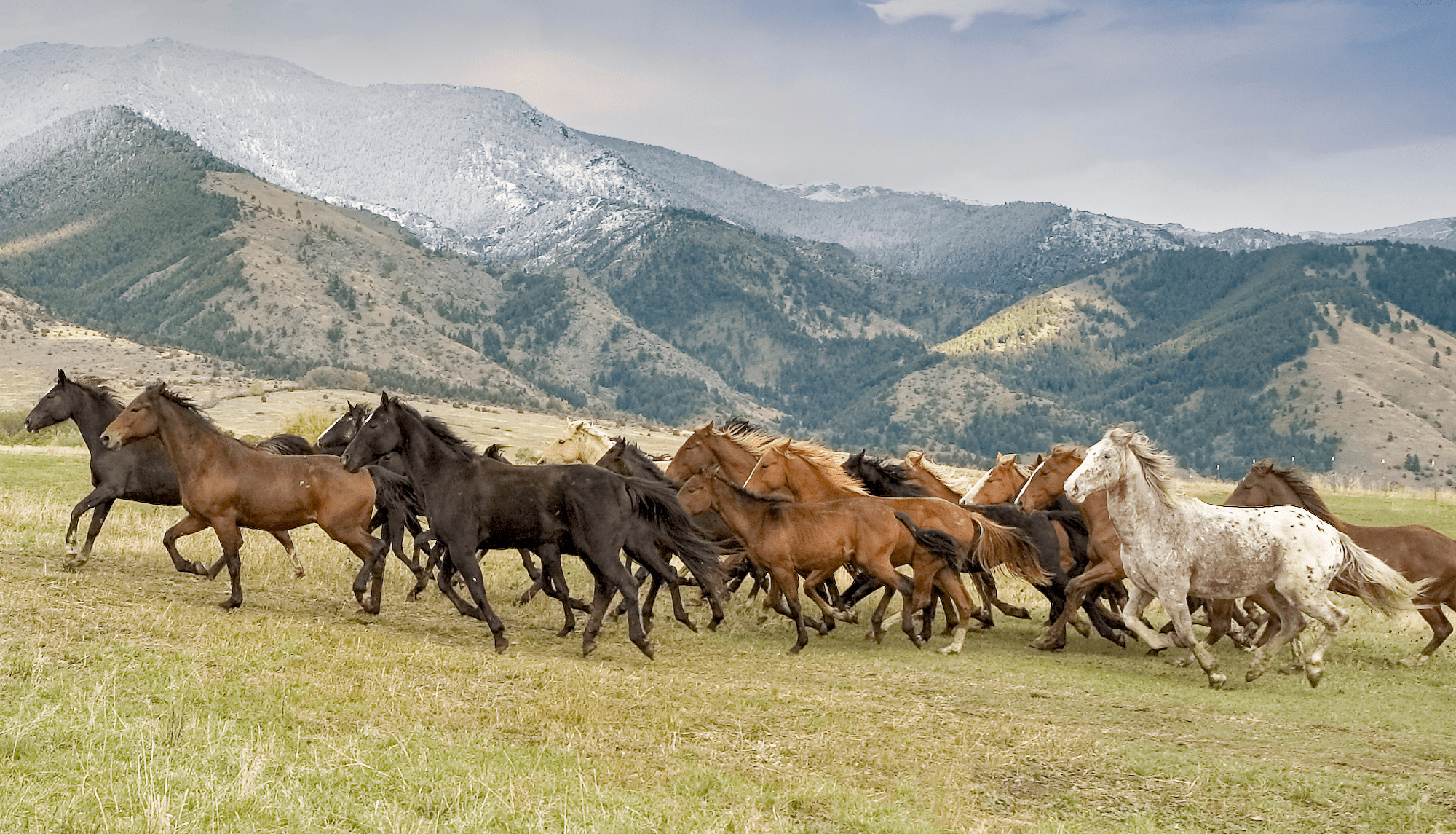Wild Horses
 Wild horses and burros in eleven Western states enjoy protection under the Wild Free Roaming Horse and Burro Act of 1971. Yet as grazing by domestic livestock continues through advancing drought and climate change, these feral ungulates—along with native wildlife—are feeling the pinch of degraded habitats, mismanagement on federal lands and depleted food and water sources.
Wild horses and burros in eleven Western states enjoy protection under the Wild Free Roaming Horse and Burro Act of 1971. Yet as grazing by domestic livestock continues through advancing drought and climate change, these feral ungulates—along with native wildlife—are feeling the pinch of degraded habitats, mismanagement on federal lands and depleted food and water sources.
The data in the Land Health Status analysis does not justify the agency’s focus on reducing the wild horse and burro population without a similar focus on the livestock grazing numbers. Though the agency does not give exact numbers, we suspect there are approximately 1.5 million cows on BLM lands. Cows outnumber wild horses on BLM lands by a ratio of more than 30 to 1. And, unlike horses, cattle are not on the land for 12 months of the year, however, BLM considers horses and cows roughly equivalent in terms of how much forage they consume.
In October 2022, BLM reported that it is holding nearly 64,000 wild horses and burros in off-range holding corrals and pastures and it is responsible for caring for all the animals it cannot adopt over the course of their lifetimes. The large number is close to the maximum number of roughly 78,000 total animals that BLM has space to hold.
We urge BLM to commit to use the facts behind its own data to make land use decisions. If grazing has been determined to be a cause for failure, BLM can reduce livestock numbers or change the season of use. If the cause of failure is off-road vehicles, the agency can limit permitting. While wild horses do impact the land, coherent landscape and recovery planning require a harder look at the BLM policy of continuing to permit millions of cows to forage on increasingly stressed rangelands rather than scapegoat the wild horses.
BLM Land Health Status: How Data Can Inform Decision-Making on Wild Horses
Scroll down to see full presentation or download here»
REPORT | Bureau of Land Management Land Health Status
The Bureau of Land Management (BLM) is responsible for 245 million acres of public lands in 13 western states. The agency manages more public land than any other land management agency.
This report focuses on rangeland health conditions of the 155,000,000 acres of leased livestock allotments under its administration. The data reveal that BLM most frequently cites livestock grazing, far and away, as the most significant cause of the failure of the allotment to meet Rangeland Land Health Standards (LHS). BLM has yet to assess millions of acres of land that is currently being leased. The data show that many of the BLM lands in sage grouse habitat are failing. Though BLM identifies many reasons for an allotment to be classified as failing, including livestock, invasive species, weeds, drought, fire, off highway vehicles and wild horses, horses are cited very few times. The data calls into question BLM’s policy decision to prioritize the removal of wild horses instead of making management decisions to directly address the cited reasons for failure.
ARCHIVED REPORT
Horses to Slaughter — Anatomy of a Coverup within the BLM (April 1997)
